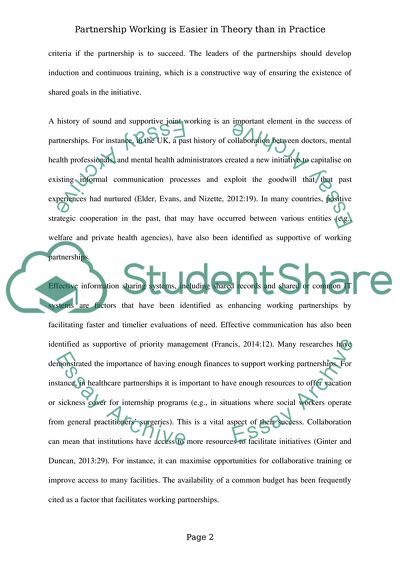Cite this document
(“Partnership Working is Easier in Theory than in Practice Research Proposal”, n.d.)
Partnership Working is Easier in Theory than in Practice Research Proposal. Retrieved from https://studentshare.org/human-resources/1855776-partnership-working-is-easier-in-theory-than-in-practice
Partnership Working is Easier in Theory than in Practice Research Proposal. Retrieved from https://studentshare.org/human-resources/1855776-partnership-working-is-easier-in-theory-than-in-practice
(Partnership Working Is Easier in Theory Than in Practice Research Proposal)
Partnership Working Is Easier in Theory Than in Practice Research Proposal. https://studentshare.org/human-resources/1855776-partnership-working-is-easier-in-theory-than-in-practice.
Partnership Working Is Easier in Theory Than in Practice Research Proposal. https://studentshare.org/human-resources/1855776-partnership-working-is-easier-in-theory-than-in-practice.
“Partnership Working Is Easier in Theory Than in Practice Research Proposal”, n.d. https://studentshare.org/human-resources/1855776-partnership-working-is-easier-in-theory-than-in-practice.


